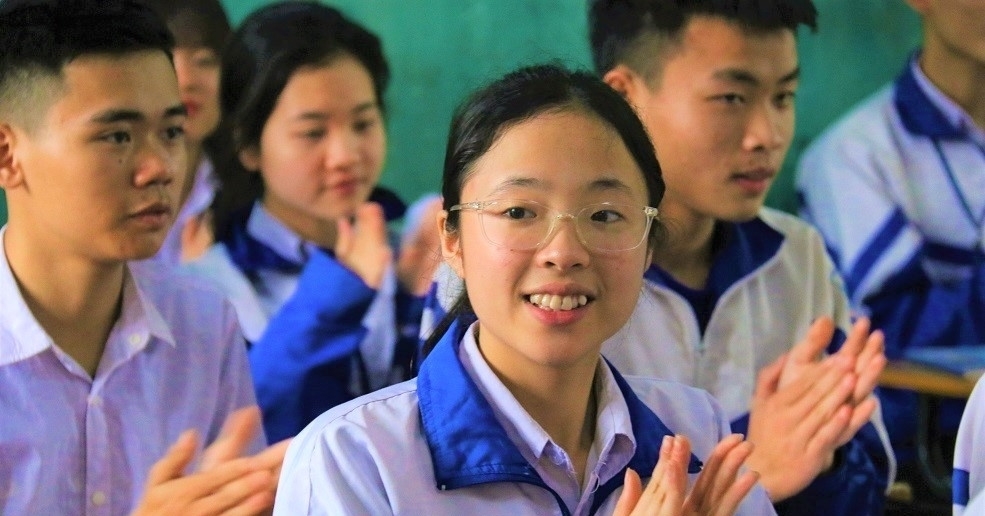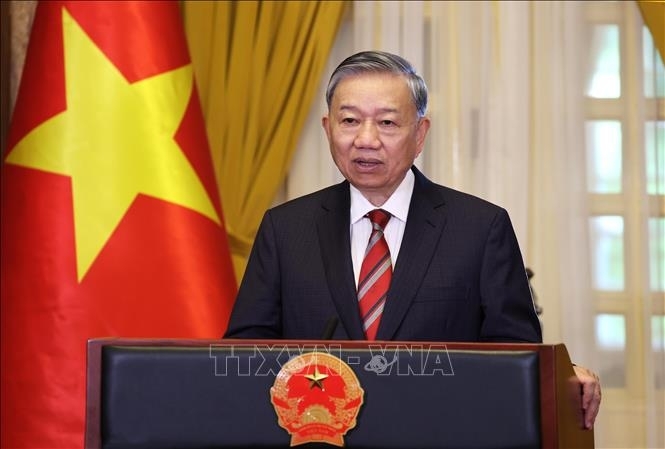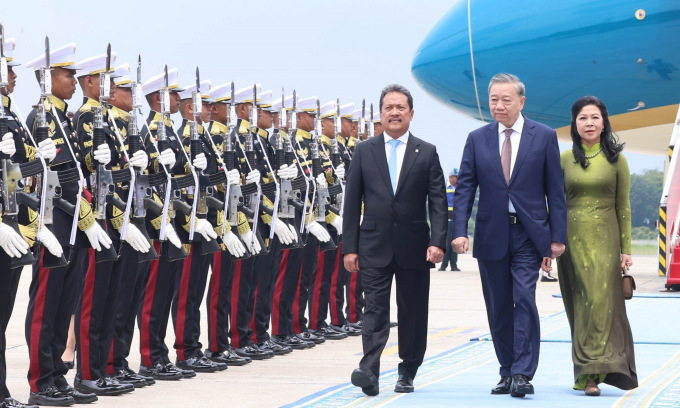Vietnam's Tuition Waiver Boosts Access for 23.2 Million Students
Vietnam's tuition waiver policy will open educational doors for 23.2 million students, making quality learning accessible to all children.

Key Points
- Starting September 1, 2025, Vietnam will waive tuition fees for all public school students, benefiting 23.2 million children nationwide.
- Private and semi-public school students will receive subsidies equivalent to public school fees, ensuring broader access to education.
- While the initiative is promising for educational accessibility, effective implementation will require careful management of funding and regional considerations.
On February 28, 2025, a significant advance was made in the field of education with the announcement that all public school students in Vietnam will benefit from waived tuition fees starting September 1, 2025. This policy is designed to ensure that every child from preschool through high school can access education without the burden of tuition costs. This initiative holds the potential to impact over 23 million students across the nation, fundamentally changing educational accessibility.
Understanding the Scope of the Tuition Waiver Policy
The new policy extends to students in public schools from the age of 3 months up to 18 years, encapsulating a variety of educational levels. Specifically, it includes all children in both preschool (ages 3-4) and primary and secondary education (up to grade 12). This comprehensive approach is not just a step towards ensuring education for all children; it is also a vital investment in the future of Vietnam's youth.

This decision arises from insights shared by the Ministry of Education and Training (MoET), which revealed that a significant number of children were still unable to attend school due to financial constraints. The financial requirements that previously hindered educational access will now be lifted, proving to be a remarkable change in the education landscape.
Impact on Different Types of Schools
Importantly, while the tuition waiver benefits primarily address public school students, there is also provision made for private and semi-public school pupils. Students in private institutions will receive subsidies equivalent to the fees charged at public schools, with families responsible for paying the difference. This ensures that children who attend private and semi-public schools are not left out of the equation, making quality education more accessible to families regardless of their school choice.
What the Numbers Indicate
As of now, the educational landscape in Vietnam consists of approximately 23.2 million students, which includes 3.1 million younger preschoolers and 8.9 million in primary education alone. Such a vast scale indicates that the financial implications of this new policy will be substantial, with an estimated overall cost of around 30 trillion VND to implement.
However, this investment will certainly yield long-term benefits by potentially increasing school enrollment rates and extending educational opportunities to those who may not otherwise afford it. It allows families to redirect funds previously allocated to tuition towards other essential needs, enriching the overall quality of life.
Analyzing the Potential Challenges
While the benefits associated with this initiative are clear, it is crucial to acknowledge the potential challenges in its implementation. Adapting to such a large-scale change may present obstacles, from ensuring the necessary funding is maintained to addressing varying tuition fee structures across different regions. Solutions will need to be tailored specifically for each local context to ensure that the waiver is effective and sustainable.
Another challenge lies in integrating this tuition waiver with existing support programs such as scholarships or funding initiatives for special groups, including economically disadvantaged families or ethnic minorities. Working hand-in-hand, these programs can create a truly inclusive educational environment.
A Vision for the Future
The goal of this initiative reflects a broader vision associated with Vietnam’s educational reform efforts: enhancing the quality of education and making it universally accessible. As the government continues to focus on educational improvements, the future looks promising for millions of children who now have an open door to learning.
Through this tuition waiver policy, Vietnam stands on the cusp of transformative changes in its educational system. With the collaborative efforts of the government, families, and educational institutions, this ambitious plan can succeed, ultimately contributing to the nation's progress by fostering a well-educated and empowered youth.
The launch of the tuition waiver program not only signifies an essential change in how education is funded but also represents a commitment to ensuring that every child achieves their potential without financial barriers. As we move closer to September 2025, all eyes will be on the implementation process, as it has the potential to revolutionize access to quality education for children across Vietnam.


